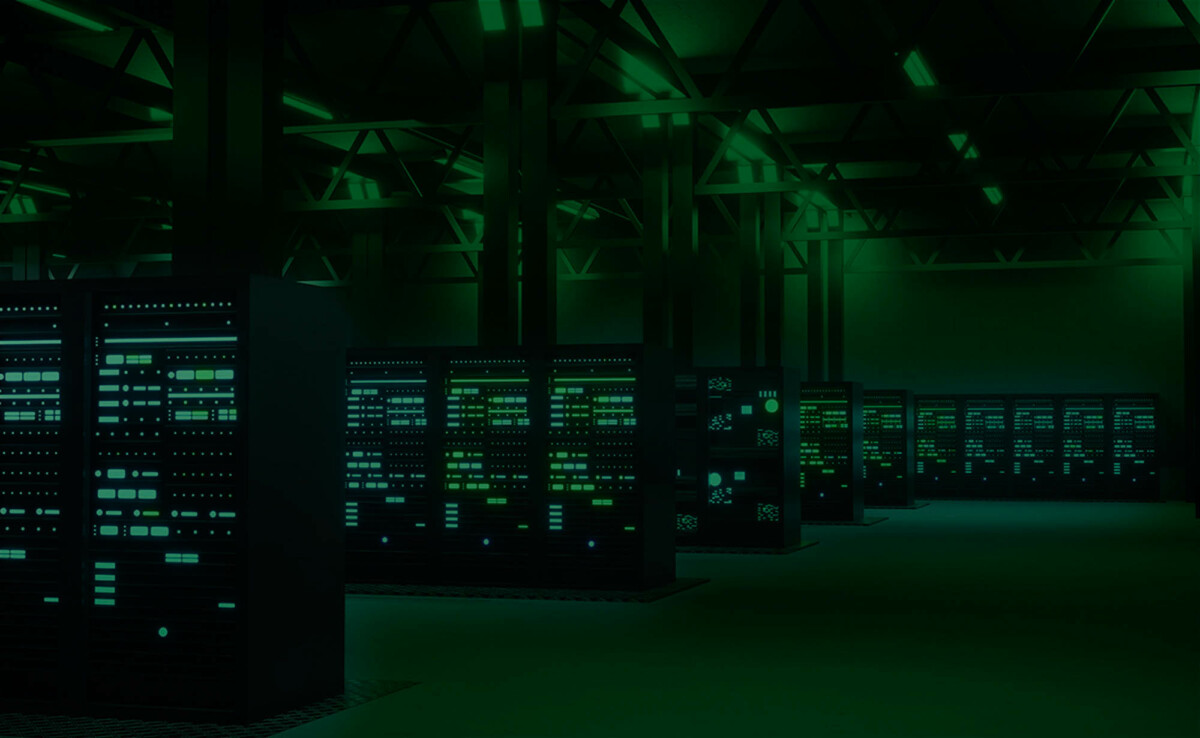Introduction
Kubernetes has become the go-to platform for container orchestration, enabling developers to deploy, scale, and manage containerized applications efficiently. However, with great power comes great responsibility, particularly when it comes to security. Kubernetes clusters can be complex and challenging to secure. This is where NeuVector comes in. NeuVector is a comprehensive container security platform designed to protect Kubernetes environments from threats, vulnerabilities, and compliance issues. In this blog post, we will explore how to use NeuVector to secure your Kubernetes clusters.
What is NeuVector?
NeuVector is a container security solution that provides real-time threat detection and response for containerized applications. It offers a range of features, including:
- Runtime Protection: Monitors and protects running containers from malicious activities.
- Network Security: Provides network segmentation and firewall capabilities to control traffic between containers and services.
- Vulnerability Management: Scans container images for vulnerabilities and provides remediation suggestions.
- Compliance: Ensures that your container environment complies with security standards and regulations.
Why Use NeuVector?
- Real-Time Threat Detection: NeuVector continuously monitors your Kubernetes environment for potential threats and anomalies, providing immediate alerts and responses.
- Comprehensive Security: NeuVector offers a full suite of security features, including runtime protection, network security, and vulnerability management, making it a one-stop solution for container security.
- Ease of Use: NeuVector integrates seamlessly with Kubernetes, providing an intuitive interface and easy-to-use tools for managing security policies and configurations.
Installing NeuVector on Kubernetes
Follow these steps to deploy NeuVector in your Kubernetes cluster.
Prerequisites
- A running Kubernetes cluster.
- kubectl configured to interact with your cluster.
- Admin access to the cluster.
Step 1: Deploy the NeuVector Components
NeuVector can be deployed using Helm, a package manager for Kubernetes. First, add the NeuVector Helm repository:
helm repo add neuvector https://neuvector.github.io/neuvector-helm/
helm repo update
Next, create a namespace for NeuVector:
kubectl create namespace neuvector
Now, install NeuVector using Helm:
helm install neuvector neuvector/core --namespace neuvector
This command installs the NeuVector controller, enforcer, and scanner components in your Kubernetes cluster.
Step 2: Access the NeuVector Console
Once NeuVector is deployed, you can access the NeuVector console to manage and monitor your cluster’s security.
First, forward the NeuVector console service to your local machine:
kubectl port-forward svc/neuvector-console -n neuvector 8443:8443
Open a web browser and navigate to https://localhost:8443. You will see the NeuVector login screen. The default credentials are:
- Username: admin
- Password: admin
After logging in, you will be prompted to change the default password.
Securing Your Kubernetes Cluster with NeuVector
Step 1: Network Segmentation
Network segmentation is crucial for isolating different parts of your application and limiting the blast radius in case of a security incident. NeuVector provides network policies that allow you to define and enforce network segmentation rules.
- Define Network Policies: In the NeuVector console, navigate to the “Network Rules” section and define policies that control traffic between your services. For example, you can create a policy that allows only specific pods to communicate with each other.
- Monitor Network Traffic: Use the NeuVector dashboard to monitor network traffic and identify any unusual or unauthorized connections.
Step 2: Runtime Protection
NeuVector provides runtime protection by monitoring running containers for suspicious activities.
- Set Up Runtime Policies: In the NeuVector console, navigate to the “Runtime Rules” section and define policies that detect and block malicious activities. For example, you can create a rule that alerts you if a shell is opened inside a container.
- Monitor and Respond: NeuVector continuously monitors your containers and generates alerts for any policy violations. You can view these alerts in the console and take appropriate actions, such as blocking the offending container.
Step 3: Vulnerability Management
NeuVector scans your container images for vulnerabilities and provides remediation suggestions.
- Scan Images: In the NeuVector console, navigate to the “Image Scanning” section and initiate a scan of your container images. NeuVector integrates with popular image registries to automate the scanning process.
- Review and Remediate: Review the scan results and follow the remediation suggestions provided by NeuVector to fix any identified vulnerabilities.
Step 4: Compliance
NeuVector helps you ensure that your Kubernetes environment complies with security standards and regulations.
- Enable Compliance Checks: In the NeuVector console, navigate to the “Compliance” section and enable compliance checks for standards such as PCI-DSS, GDPR, and HIPAA.
- Review Compliance Reports: NeuVector generates detailed compliance reports that highlight any issues and provide remediation steps. Regularly review these reports to ensure ongoing compliance.
Conclusion
NeuVector is a powerful tool for securing Kubernetes environments. By providing real-time threat detection, comprehensive network security, and robust vulnerability management, NeuVector helps you protect your containerized applications from a wide range of security threats. With its intuitive interface and seamless integration with Kubernetes, NeuVector makes it easy to implement and manage security policies in your cluster.
By leveraging the capabilities of NeuVector, you can ensure that your Kubernetes clusters are secure, compliant, and resilient against cyber threats. Happy securing!


